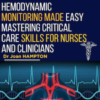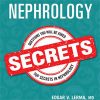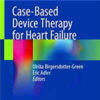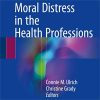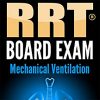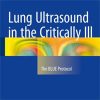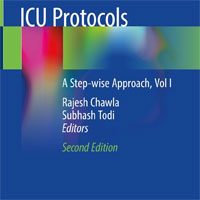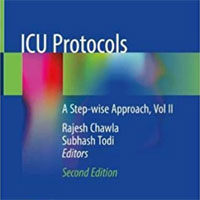A New Risk Assessment Model for Hospital-Acquired Venous Thromboembolism in Critically Ill Children
journals.lww.comUsing the multicenter Children’s Hospital-Acquired Thrombosis registry, we identified five independent risk factors for hospital-acquired venous thromboembolism in critically ill children, deriving a new hospital-acquired venous thromboembolism risk assessment model.
A prospective validation study is underway to define a high-risk group for risk-stratified interventional trials investigating the efficacy and safety of prophylactic anticoagulation in critically ill children.
The multi-institutional Children’s Hospital-Acquired Thrombosis registry was used to identify cases and controls.
Multivariable logistic regression was used to determine the association between hospital-acquired venous thromboembolism and putative risk factors present at or within 24 hours of ICU admission to develop the final model.
A total of 548 hospital-acquired venous thromboembolism cases and 187 controls were analyzed.


